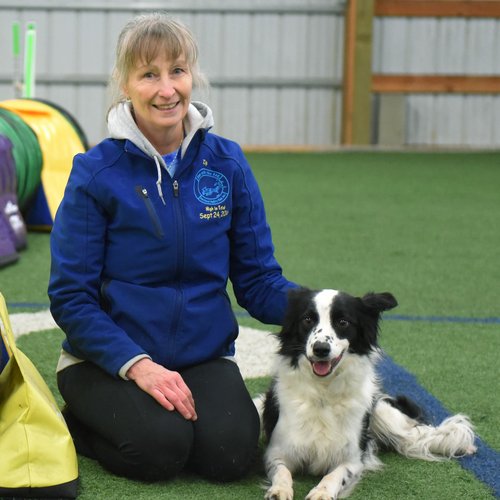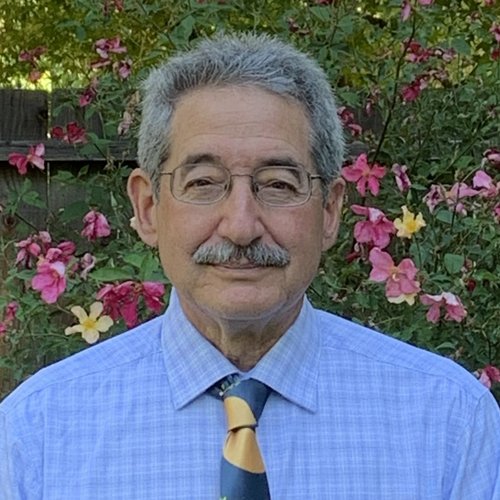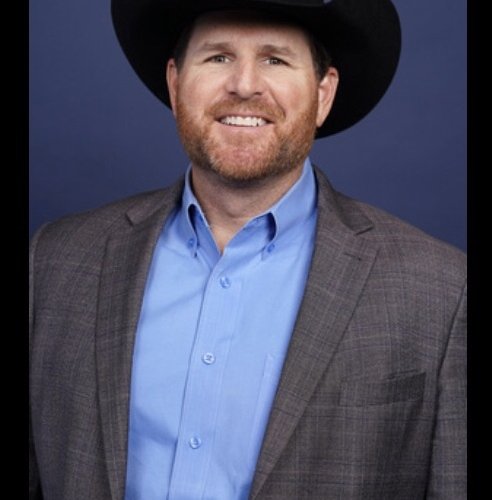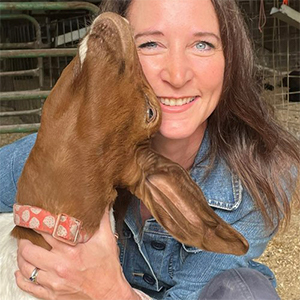
This 2-hour session will review basic hematology and serum chemistry of horses using a case-based approach. Drs Sellon and Sanz will present a variety of cases with interesting bloodwork abnormalities. The overall idea is to use clinical cases to showcase the utility of bloodwork in clinical practice and to explain how these abnormalities may relate to the clinical signs observed. While the 2-hour length of the session may appear long, Dr Sellon and Dr Sanz will be alternating their case-based presentations to ensure a dynamic environment.
This 2-hour session will review basic concepts related to antimicrobial selection in equine practice. Drs Sellon and Sanz will discuss antimicrobial selection using clinical cases that are commonly seen in equine practice. The goal of this presentation is to provide the equine veterinarian with practical tools to aid the process of antimicrobial treatment in equine patients. Dr Sellon and Dr Sanz will be alternating their case-based presentations to ensure a dynamic environment.

This 2-hour session will review basic hematology and serum chemistry of horses using a case-based approach. Drs Sellon and Sanz will present a variety of cases with interesting bloodwork abnormalities. The overall idea is to use clinical cases to showcase the utility of bloodwork in clinical practice and to explain how these abnormalities may relate to the clinical signs observed. While the 2-hour length of the session may appear long, Dr Sellon and Dr Sanz will be alternating their case-based presentations to ensure a dynamic environment.
This 2-hour session will review basic concepts related to antimicrobial selection in equine practice. Drs Sellon and Sanz will discuss antimicrobial selection using clinical cases that are commonly seen in equine practice. The goal of this presentation is to provide the equine veterinarian with practical tools to aid the process of antimicrobial treatment in equine patients. Dr Sellon and Dr Sanz will be alternating their case-based presentations to ensure a dynamic environment.

This lecture will emphasize the various diseases that can cause pruritus and/or urticaria in horses, and how to recognize, diagnosis and treat them.
These diseases are sometimes over-diagnosed (‘ringworm’) and under-diagnosed (‘staph’). Examples will be shown of the skin manifestations of both common and uncommon pathogens.
These diseases, while relatively uncommon, can present as more common skin problems that do not respond to classic treatment, or recur once treatment is stopped. Photos of the various presentations of these diseases will hopefully help the attendee to recognize these conditions, and treatment will be discussed as well.


The presenter reviews equine fluid therapy. Focus areas include fluid distribution adult/foal, assessment of fluid loss, fluid types, IV and oral fluid therapy, and case examples.
The presenter will go through the process of doing a proper pre-purchase exam to help veterinarians become more aware of the complications that can arise. The veterinarians liability is the main focal point of the presentation and the presenter will discuss the factors involved from exams, diagnostics, record keeping and client communications.

Some of these diseases greatly impair the ability to work or function of the foal or horse, others pose no clinical problem but concern owners with their presentation. Examples with therapy (where appropriate) and the possibility of internal disease accompanying the skin manifestations will be discussed.
Photosensitivity can greatly affect the health of the horse, and there are both serious and not-as –serious underlying mechanisms that should be identified when confronted with this problem. Most pigmentary disorders are benign, but some can be difficult to manage – examples will be given of each.
Neoplastic (sarcoid, melanoma), infectious (papillomas, habronemiasis) and sterile (sterile nodular panniculitis, eosinophilic granuloma) will be discussed, along with relevant diagnostic methods and treatments.

Tips and tricks for maximizing information from these simple but finicky views. Included will be a discussion of common artifacts of positioning, as well as ways to recognize and correct these artifacts. How to use external and radiographic conformational cues to improve alignment on views of the navicular bone. Discussion on alignment and medial-lateral balance.
Don’t be afraid of your machine. Understanding ultrasound machine settings and how to improve resolution based on often variable factors. When and how to use a stand-off pad. Using the ultrasound machine as part of the physical exam: stethoscope, thermometer, “sonoscope.” Ultrasonography of wounds and swellings. Demystifying the colic examination.

Regional limb perfusion has been used in horses
for many years to administer high concentrations of medication intravenously to
targeted areas of the distal limb. This
section will discuss the pharmacological aspects of different antibiotics and
medications administered by regional limb perfusion, and best practices for
application of the tourniquet, volume of perfusate, restraint and sedation of
the patient. Tips and tricks to avoid complications will also be discussed.

This session will discuss recent advancements in standing surgeries and will provide the general practitioner with an understanding of pros and cons of surgical techniques that may be performed in standing patients. Topics covered will include a discussion of case selection and outcomes for standing fracture repair, airway surgery, standing kissing spine surgery, and urogenital procedures including ovariectomy, cryptorchidectomy, urinary stone removal, and others. The goal of this session is to provide a base of information to aid in patient referral.
This session will discuss best practices and evidence based wound therapies for ambulatory equine doctors. The use of intelligent wound dressings designed to manage different wound exudates and granulation tissue beds will be reviewed as well as debridement techniques.

Horses are on the move and so are equine diseases. Come to this session to gain an understanding of your role as a practitioner in managing reportable and emerging disease cases in equids. Learn about national and state equine disease trends including West Nile, Equine Herpes, Vesicular Stomatitis, Equine Infectious Anemia and more! Learn about the role of quarantines and how we can work together to manage outbreaks by employing a customized biosecurity plan for business continuity.